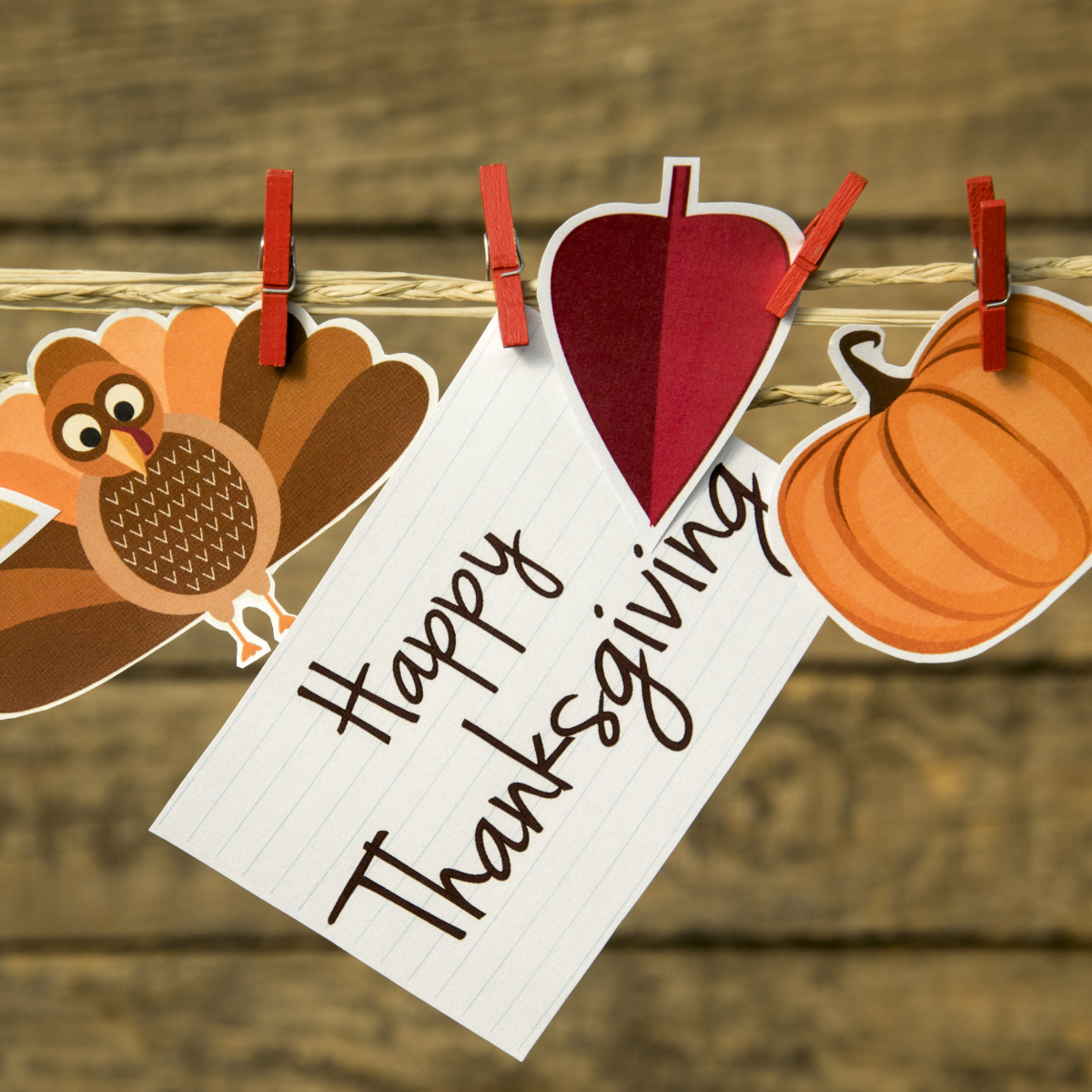
Turkey, stuffing and pie, oh my! Today, Thanksgiving is a day that we spend with our families, eating way too much turkey, stuffing and pie. It’s a day for watching football and planning our shopping strategy for Black Friday. As we spend the morning preparing our feast and give thanks, lets take a look back at what the first Thanksgiving celebration looked like in 1621 – it might even surprise you!
Turkey was not on the menu.
The first Thanksgiving did not include the beloved turkey of modern Thanksgiving dinners. Instead, it is believed the pilgrims feasted on things such as lobster, rabbit, chicken, fish, squash, beans, chestnuts, hickory nuts, onions, leeks, dried fruits, maple syrup and honey, radishes, cabbage, carrots, eggs, and goat cheese.
The pilgrims did not use forks.
At the time, forks had not been invented. Instead the pilgrims ate with spoons, knives, and their fingers. It wasn’t until a decade later that forks were introduced and not until the 18th century that they began to catch on.
The first Thanksgiving celebration wasn’t an actual “Thanksgiving” celebration.
What has become to be known as the first Thanksgiving was actually a feast to celebrate the end of the harvest season. The harvest festival lasted three days. The idea of a national Thanksgiving began to gain traction in the 18th & 19th centuries
Pilgrims didn’t wear silver buckles on their hats or shoes.
One myth surrounding the pilgrims is the way they dressed. Believe it or not, the settlers didn't have silver buckles on their shoes or hats. At that time, buckles were expensive and not in fashion. In addition, they didn’t wear plain, black clothing. Their attire was actually bright and cheerful – which was the fashion at the time. They only wore predominately black and gray clothing on Sundays.
Over the centuries, Thanksgiving has certainly evolved but one thing remains the same. We use this day to reflect on the things we are thankful for. What are you most thankful for this holiday season?












Leave a comment